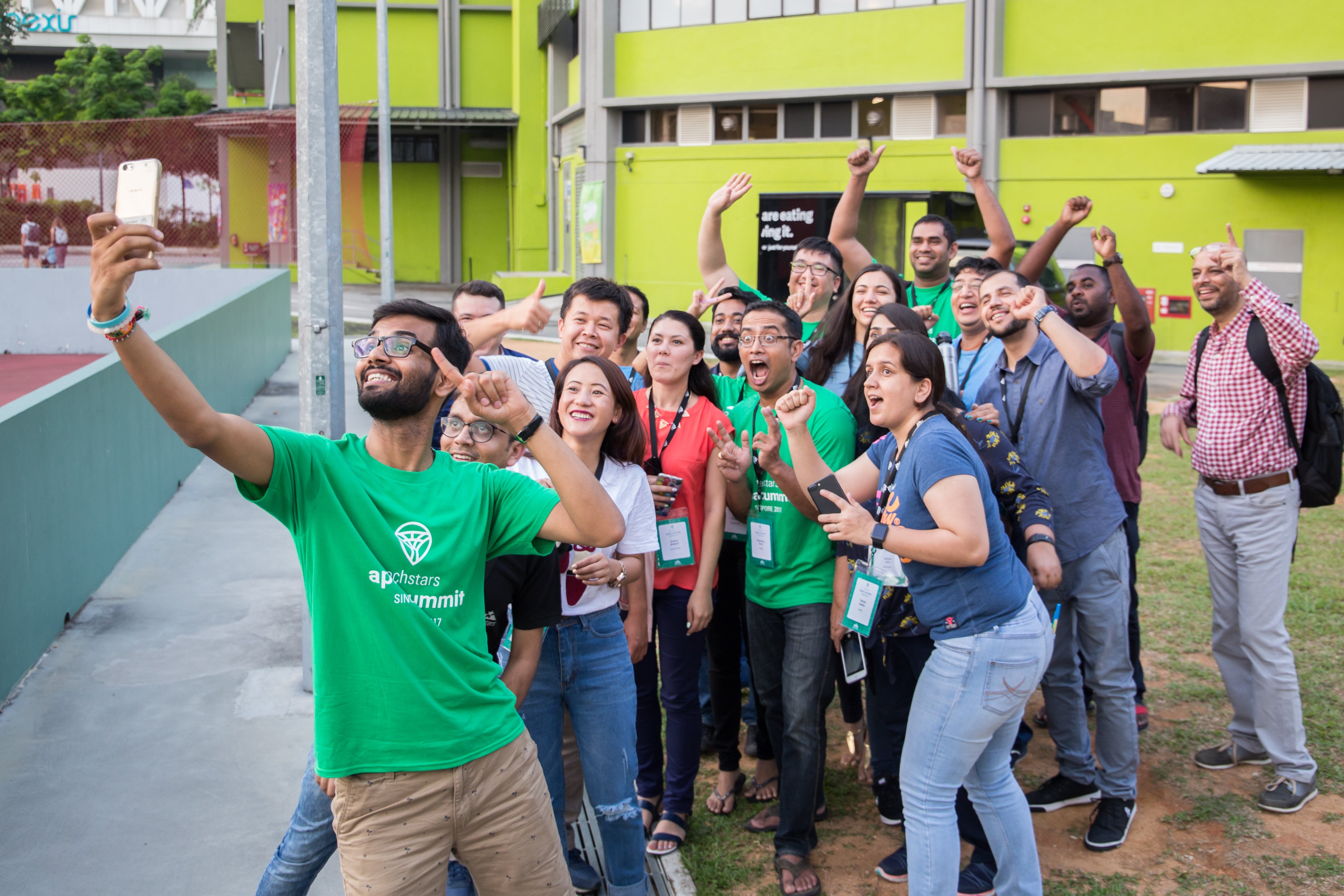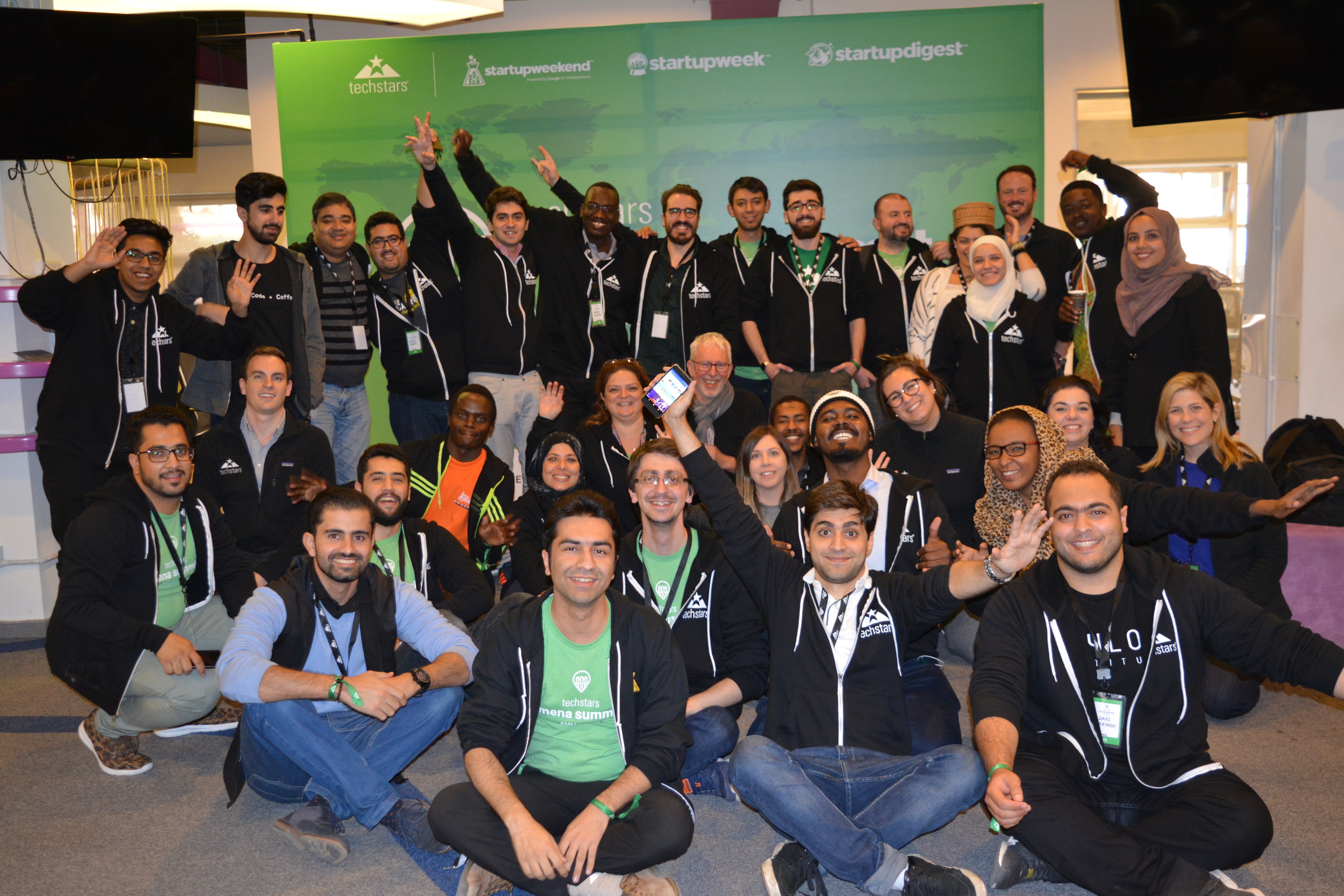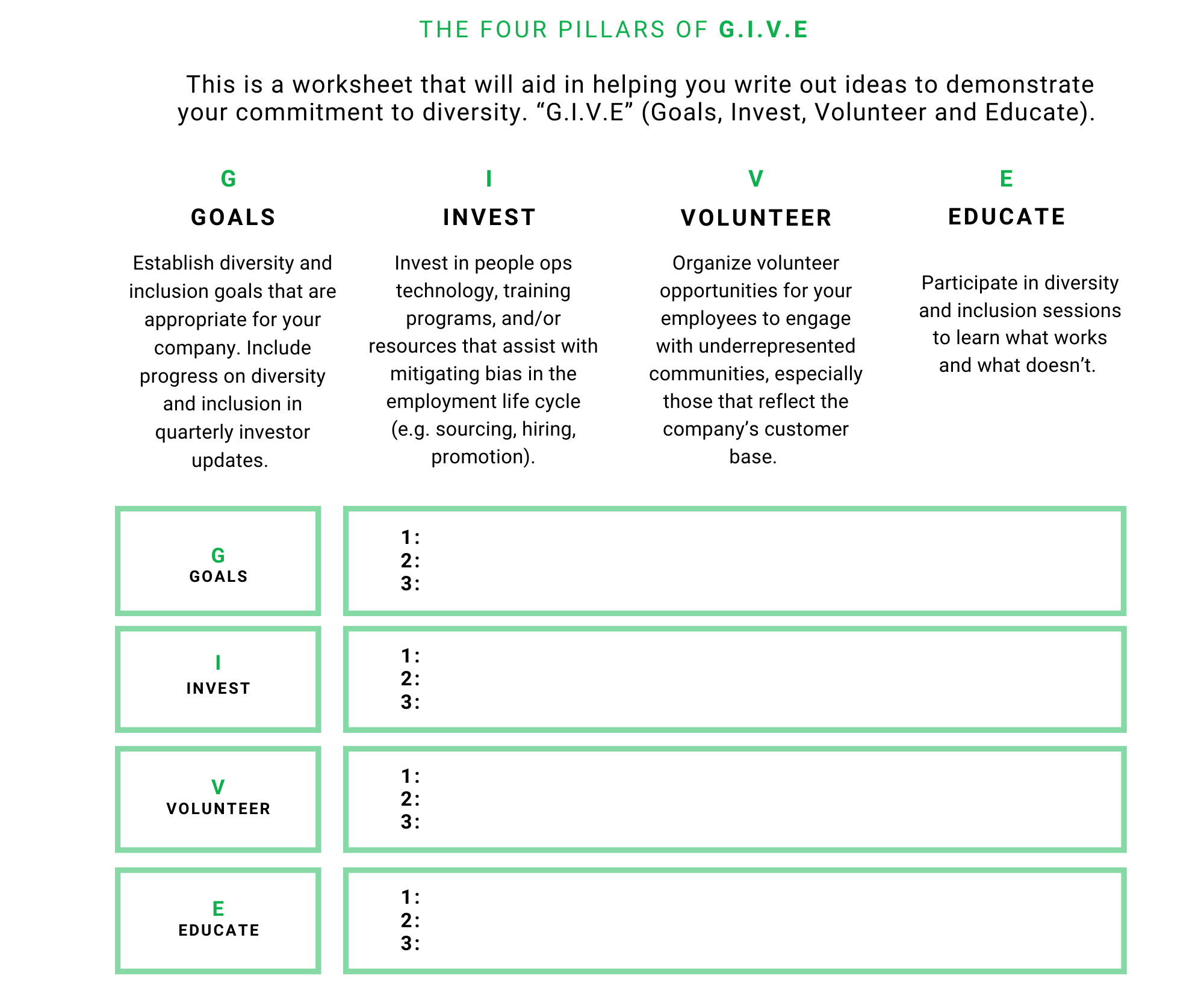Diversity, Equity & Inclusion is a journey. This module is designed to help you grow your company and have Diversity, Equity & Inclusion a part of that process.
It’s ok to do the right thing because it is the right thing – Jason Thompson
Nothing is going to get done unless you assign someone to do the job – Jason Thompson
When committing to building a diverse workforce at your company, it’s important to assign someone to this effort.
Who will you assign to Diversity, Equity, and Inclusion efforts? Write the name(s) below, it can be you too!
Try to build a company that reflects the diversity you see in the world we live in – Jason Thompson

Look around at the people in your company and reflect on whom you have around you (mentors, co-founders, etc.) as you’re building the company.
Discussion prompt for your team: Do the people in our company reflect the world we live in? Why/why not? What can we be doing differently? Write your answers below.
Gender diverse, racially and ethnically diverse companies perform better – Jason Thompson
In 2018, as part of Techstars ongoing commitment to inclusion and diversity, Techstars included The Kapor Capital Founders’ Commitments into our code of conduct. This is a tangible way to ensure that our founders and employees reflect the diversity in the world. The Kapor Capital Founders’ Commitments have evolved into a set of four actions known as G.I.V.E. (Goals, Invest, Volunteer, Educate).
Below find actionable items to enhance Diversity, Equity, and Inclusion in your company through G.I.V.E.

Establish Diversity, Equity & Inclusion goals and collecting data are important regardless of your company’s funding stage, employee size, customer base, and core business.
This information would also be helpful to include on your quarterly updates to investors, mentors, etc.
Whether you have 4 to 40 employees, collecting data about Diversity, Equity and Inclusion is possible.
In developing your data format, it’s important to include underrepresented groups, defined as: Groups that are historically underrepresented worldwide. Which includes, but not limited to, people of color, gender, gender identity, sexual orientation, people with disabilities, historically marginalized communities, indigenous people and military veterans.
In addition, questions about race, gender, etc. must always have the option of “I prefer not to respond.”
We recommend that US-based companies collect data consistent with US Census Race and Ethnicity Guide HERE.
|
Are you collecting data on your: |
Yes/No |
| Employees | Y N |
| Customer Base | Y N |
| Mentors | Y N |
| Board | Y N |
| Advisors | Y N |
What gender do you identify with?
Do you identify as a person living with a disability?*
Please select any and all race and ethnic categories with which you identify. (U.S Only)
Are you a military veteran? (U.S Only)
*(Learn more here about disability)
Other places in your business that you could add Diversity, Equity & Inclusion goals include:
Write down a goal(s) for expanding your Diversity, Equity, and Inclusion efforts.
Audio should match video. What that means is what you say should look like what you do – Jason Thompson
Investing in Diversity, Equity, and Inclusion means dedicating resources and/or time towards employees and company infrastructure to ensure that Audio=Video.
What actions are you currently taking to ensure Audio = Video? Write your answers below.
|
What actions are you taking to ensure Audio=Video? |
Yes/No |
| We are paying people fairly (includes all forms of equity and benefits) | Y N |
| We have updated our code of conduct to reflect out commitment to Diversity, Equity & Inclusion (to include anti-harassment and anti-bullying) | Y N |
| We have updated our mission statement to reflect our commitment to Diversity, Equity and Inclusion | Y N |
| We are building a culture of inclusion | Y N |
| We created a reporting tool | Y N |
| We invested in unconscious bias and diversity training or took courses | Y N |
| We encourage all employees to take the Project Impact* unconscious bias test | Y N |
| We developed a Code of Conduct* | Y N |
| We reviewed the Leanin.org 50 Ways to Fight Bias* activities video series and use the card activity to train employees | Y N |
*Visit the links below for more information:
Other ways to invest in Diversity, Equity and Inclusion is to set aside a small budget for efforts or salary for a DEI position. In the meantime, assign a Diversity, Equity, and Inclusion leader for the company.
What will you commit to and ensure Audio=Video? Write down your answers below:
Don’t go into any community and assume what they can or can’t do - Jason Thompson

Volunteer means looking for ways to support the community around you and engage your employees in activities that support Diversity, Equity & Inclusion efforts as well as with underrepresented communities. This effort can help you network to recruit for a more diverse workforce.
|
Our company has networked to recruit through: |
Yes/No |
| Partnering with universities. Reaching out to the Diversity, Equity & Inclusion representative to start a dialogue and take action. | Y N |
| Partnering with organizations that support Diversity, Equity & Inclusion | Y N |
| Attending local to national conferences in our industry that support Diversity, Equity & Inclusion efforts. (This is a great way to meet potential candidates and learn more about Diversity, Equity & Inclusion) | Y N |
| Keeping notes about people we meet at events that we could see being a part of your company. | Y N |
| Volunteering at a local organization serving our community | Y N |
What can you do to learn more about your unconscious bias? - Jason Thompson
Even if we don’t think we have unconscious biases, we do. By working on ourselves and uncovering our bias blind spots, we can begin to educate, influence and create change within a company and the communities we serve.
Unlike explicit bias (which reflects the attitudes or beliefs that one endorses at a conscious level), implicit bias is the bias in judgment and/or behavior that results from subtle cognitive processes (e.g., implicit attitudes and implicit stereotypes) that often operate at a level below conscious awareness and without intentional control.
Project Impact, founded by researchers at Harvard, is a non-profit organization. The goal of the organization is to educate the public about hidden biases and offer an unconscious bias test that can help you and employees realize underlying biases that could be inhibiting you from building a diverse workforce.
Another way that unconscious bias creeps into our companies is through hiring and recruiting. When we are considering a candidate and if we begin to feel uncomfortable with the person, but not sure why, code words that could cost you opportunities for Diversity, Equity & Inclusion begin to show up in the evaluation.
At times we don’t know that we are reproducing our own bias, and we use “code words” or “code phrases” to relieve our discomfort. Example of code words, questions or phrases:

Photo by mentatdgt from Pexels
4, 2, 50% is based on research that shows creating gender and racial balance in the candidate selection process provides no undue benefit for candidates but generates an outcome that is fair to all candidates. Central to this process is uncompromising fairness in applicant reviews and hiring the best candidate.
Remember: Before you decide on a candidate, review your unconscious bias test that reveals any bias blind spots to make sure it’s not impacting your decision.
|
We will commit to the following in order to educate ourselves and our team: |
Yes/No |
| Take the Project Impact unconscious bias test | Y N |
| Use the 4, 2, 50% rule when recruiting | Y N |
| Attend Diversity, Equity and Inclusion training sessions annually | Y N |
| Avoid using any “Code words” or “Code phrases” | Y N |
| Talk with a Diversity and Inclusion expert to learn more | Y N |

© Techstars 2024 | Privacy Policy | Terms of Use